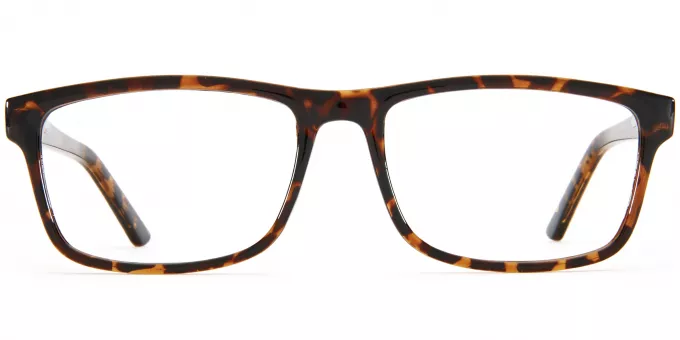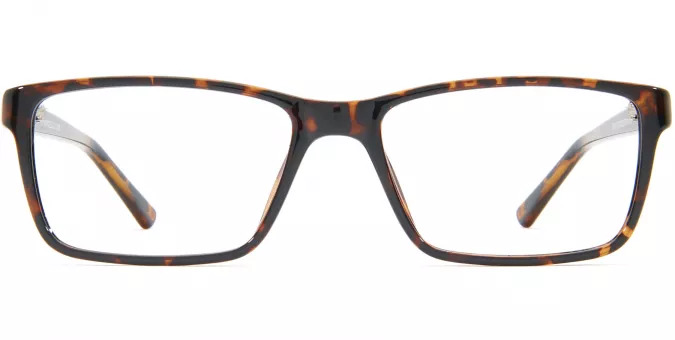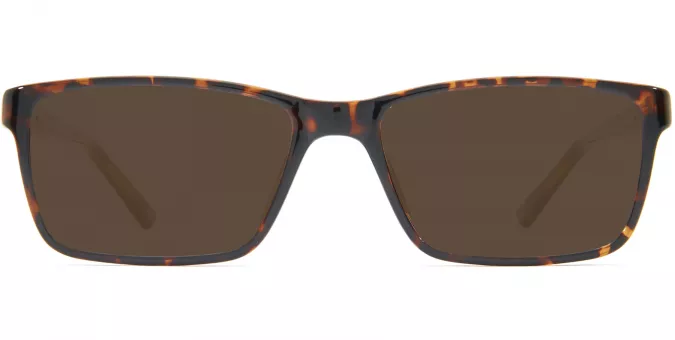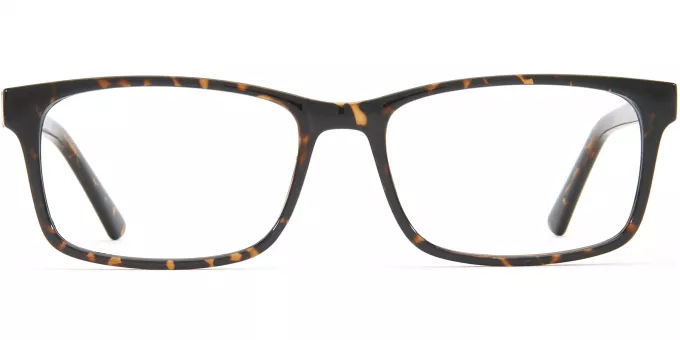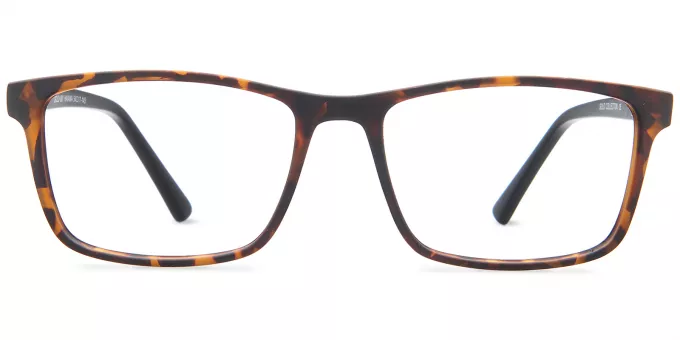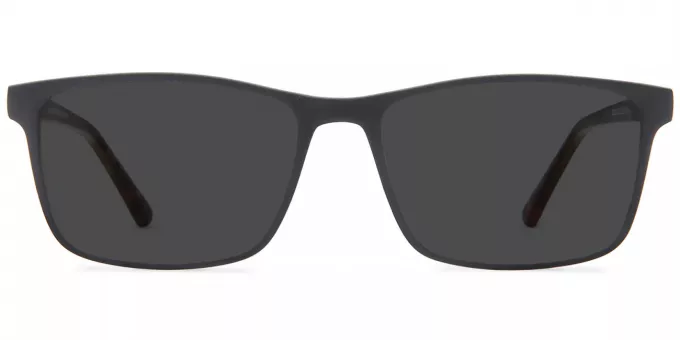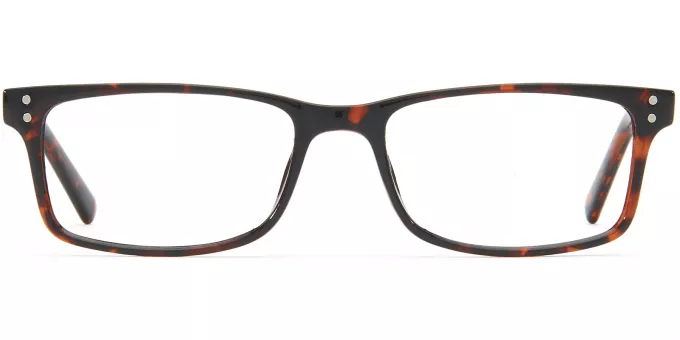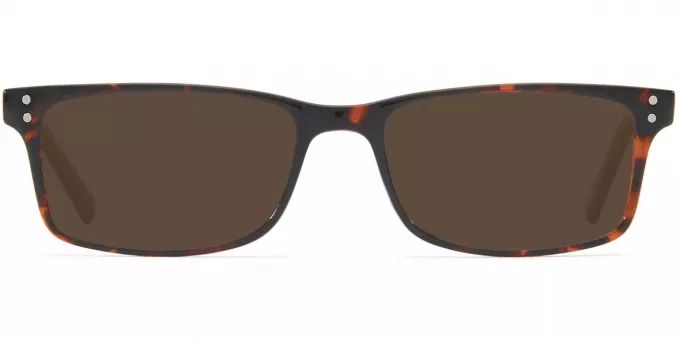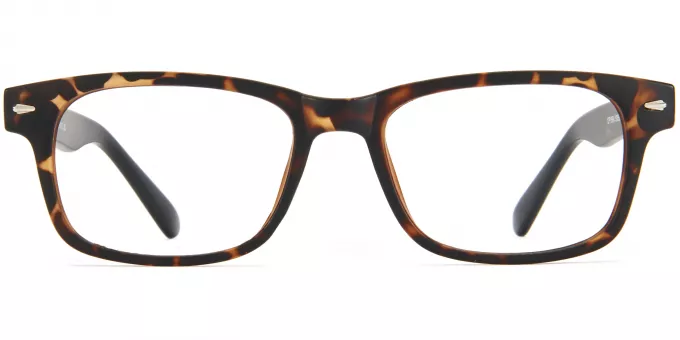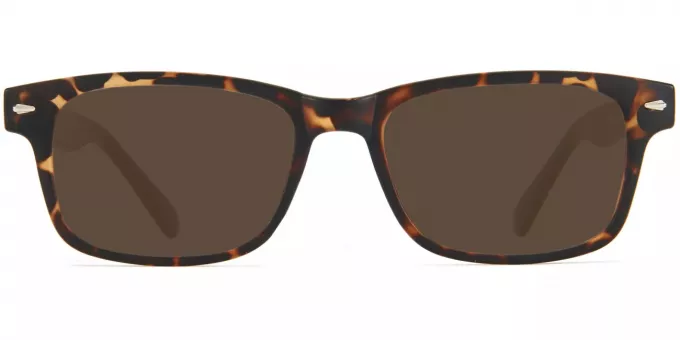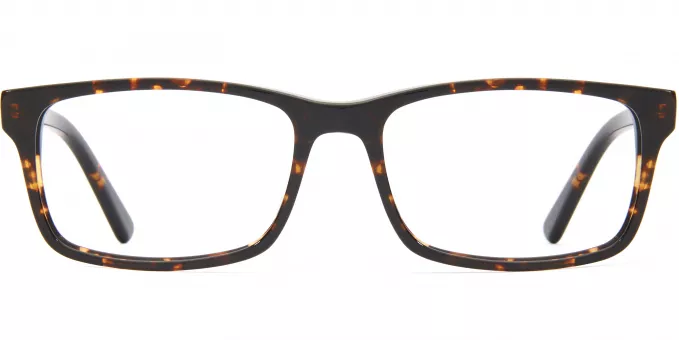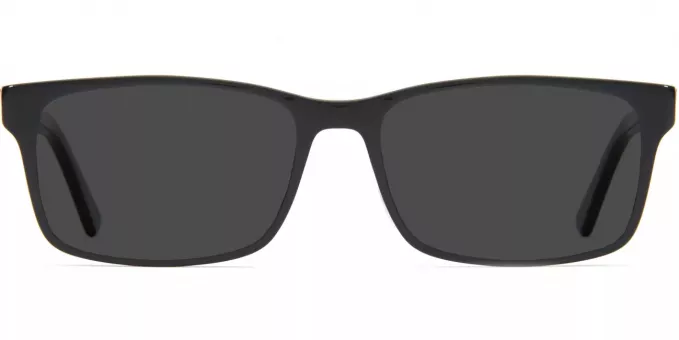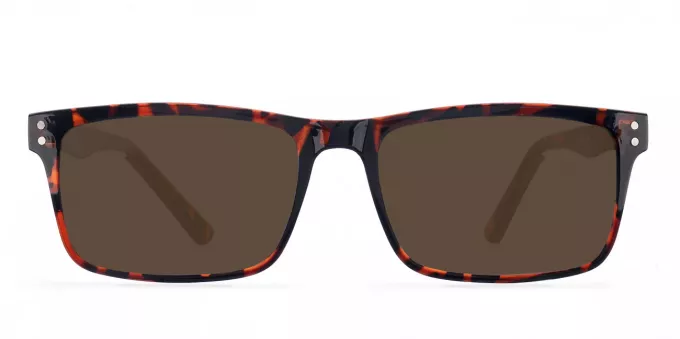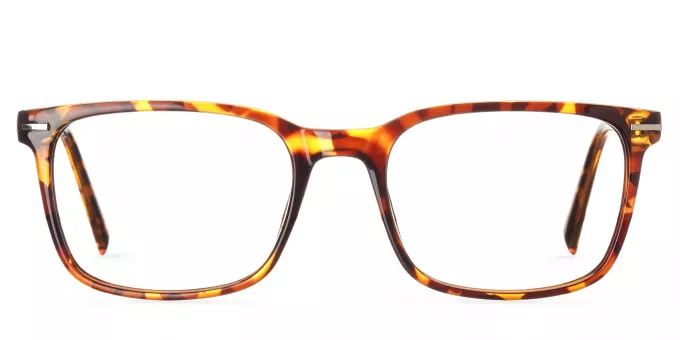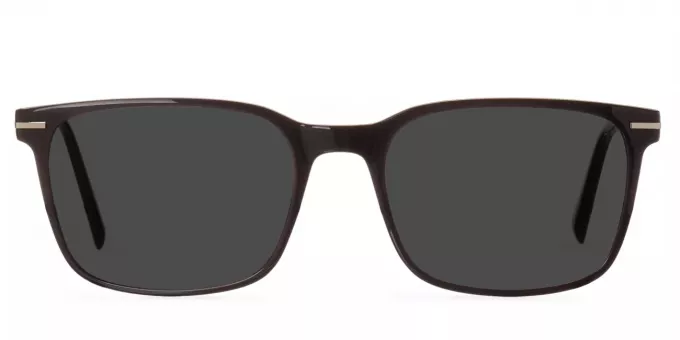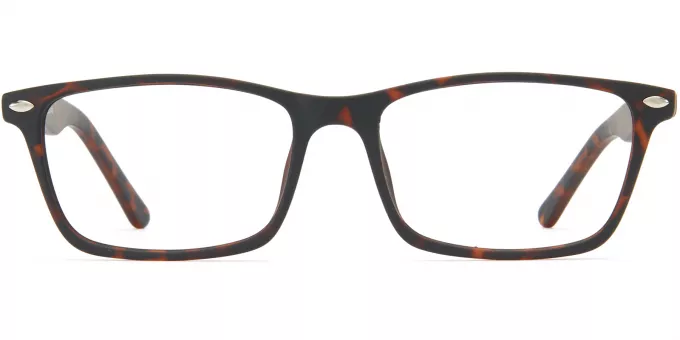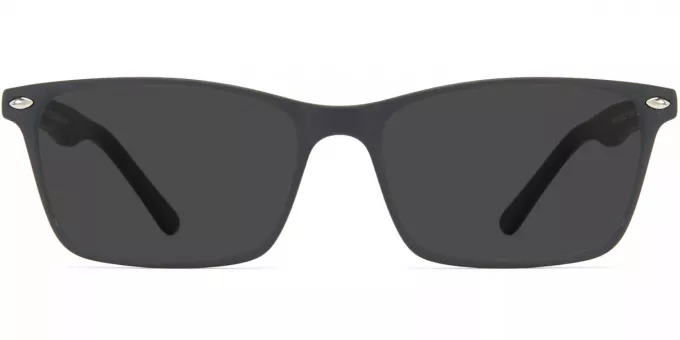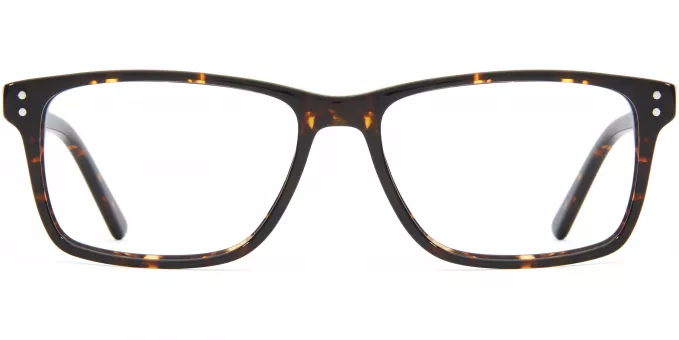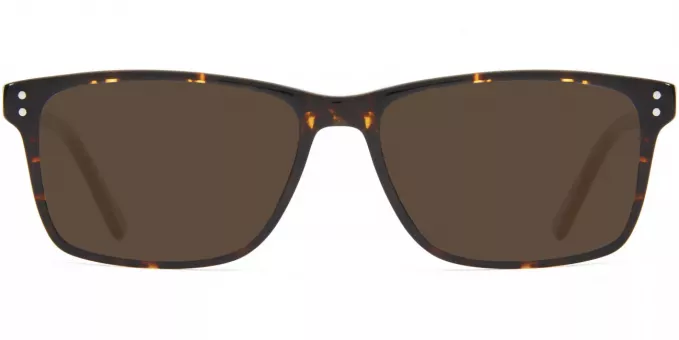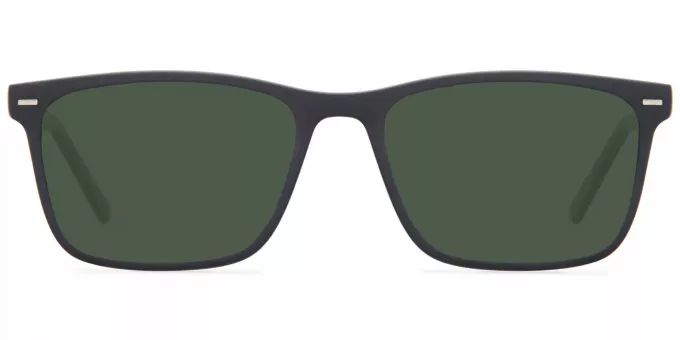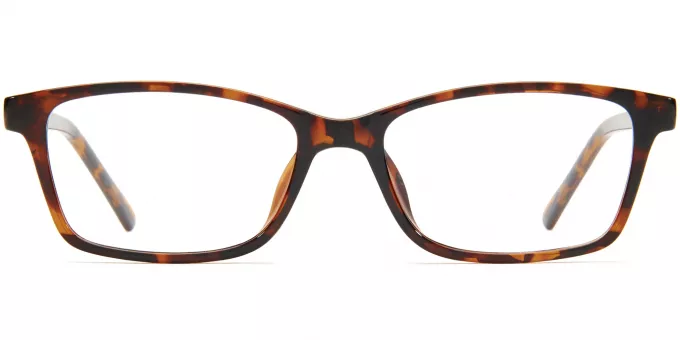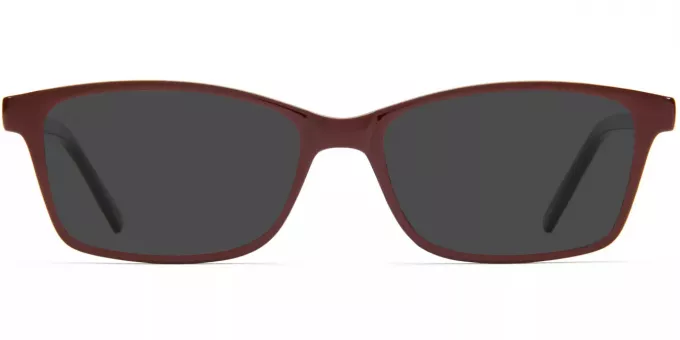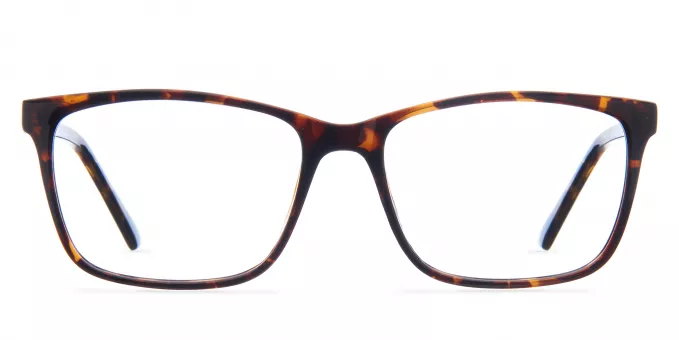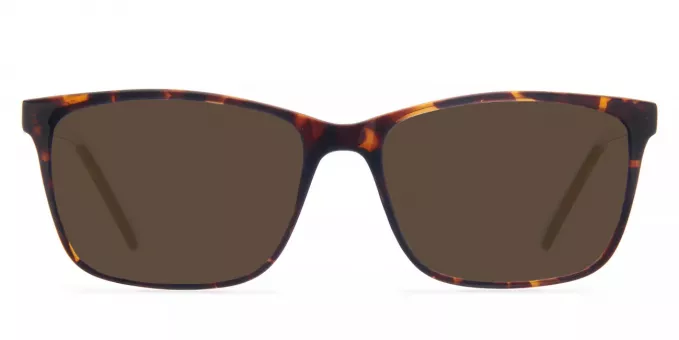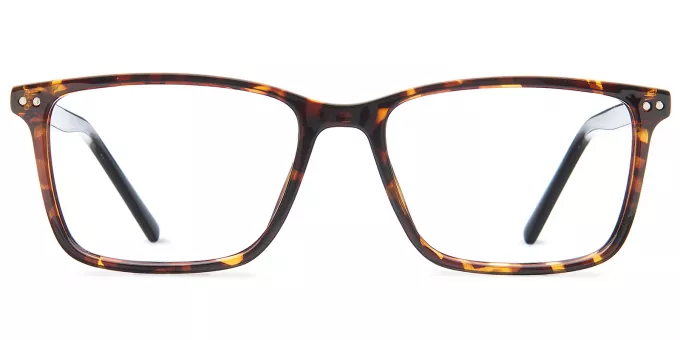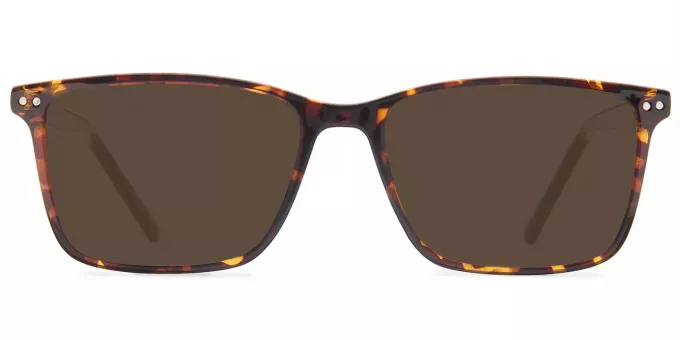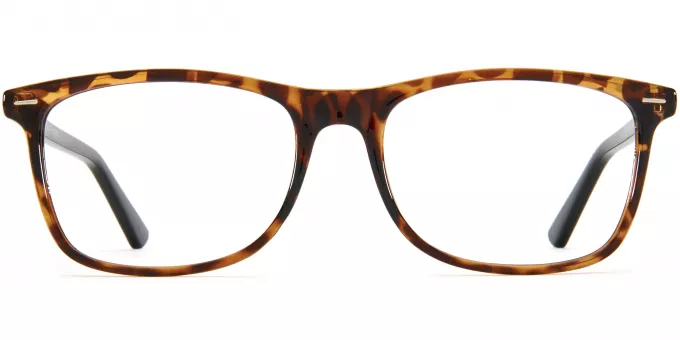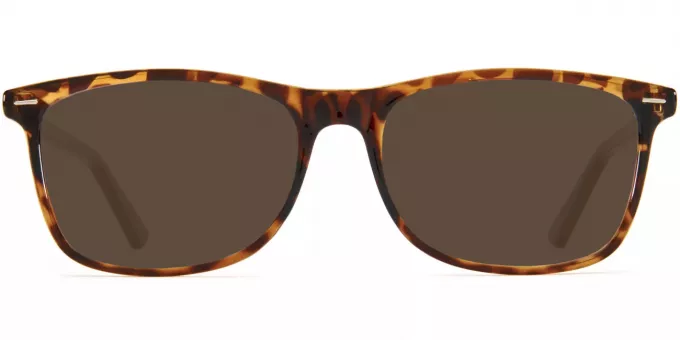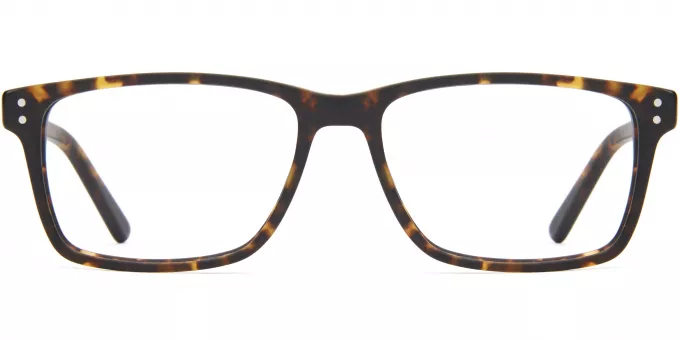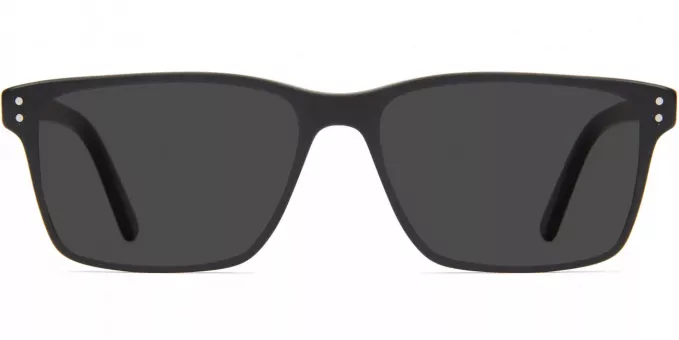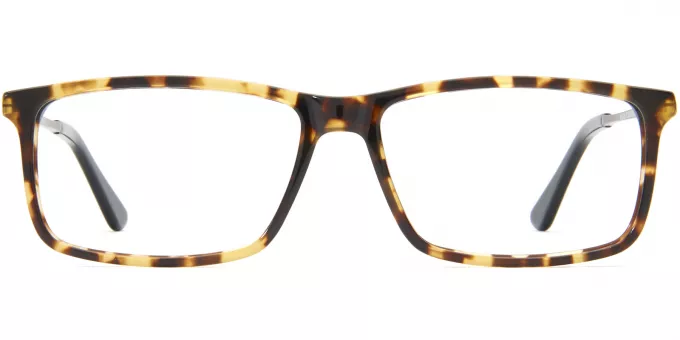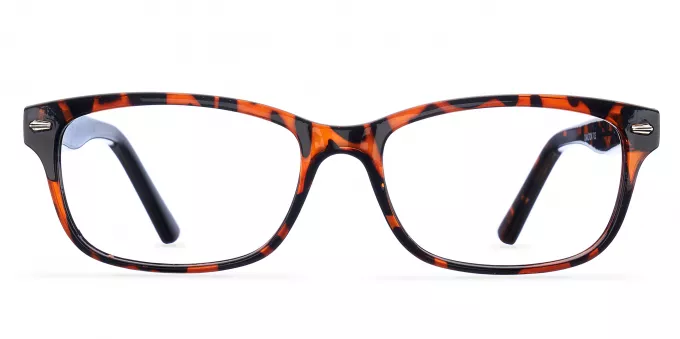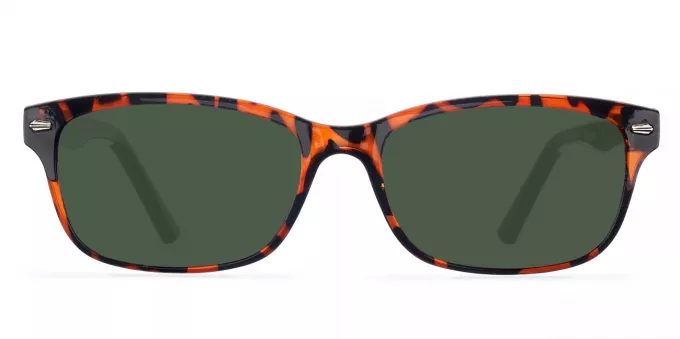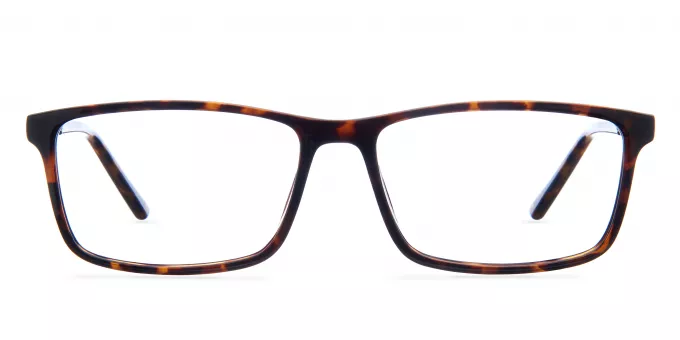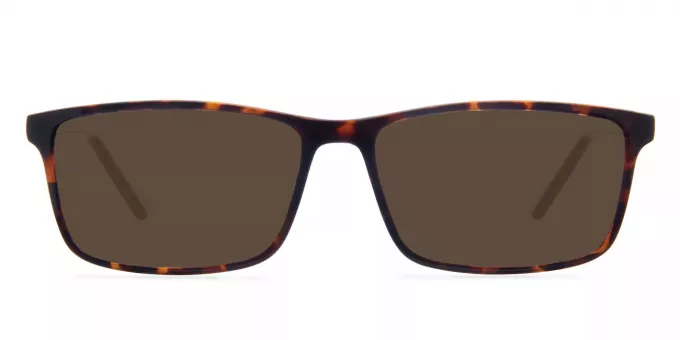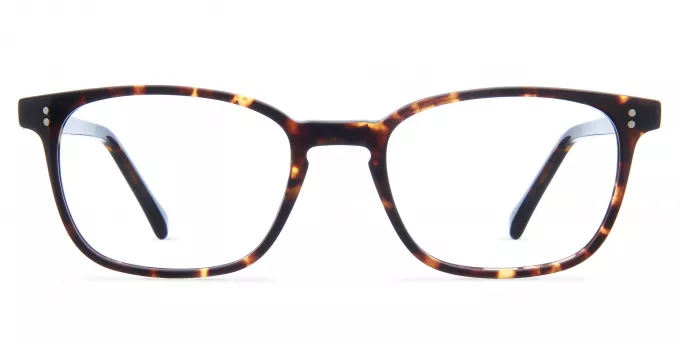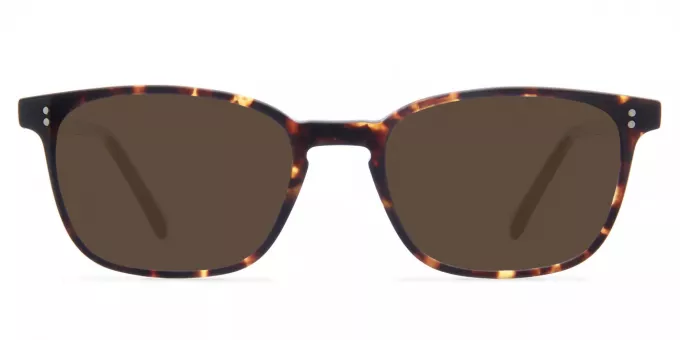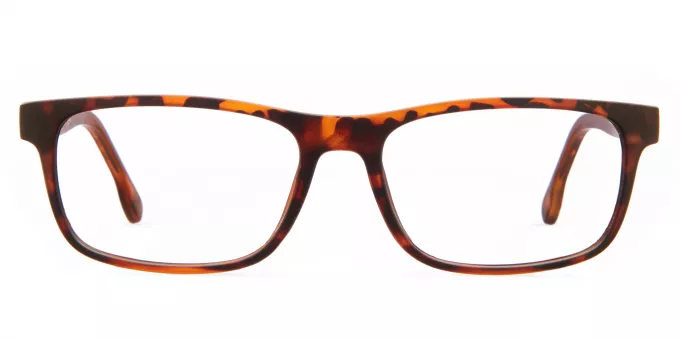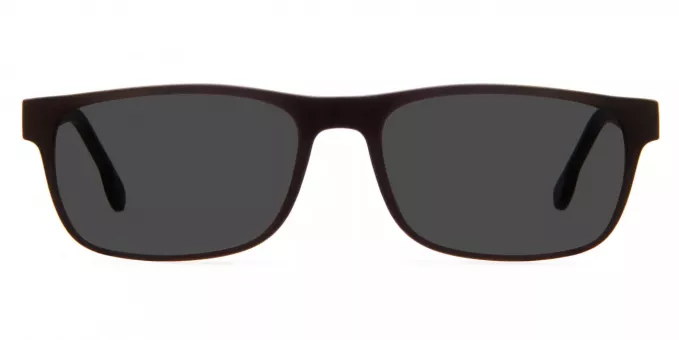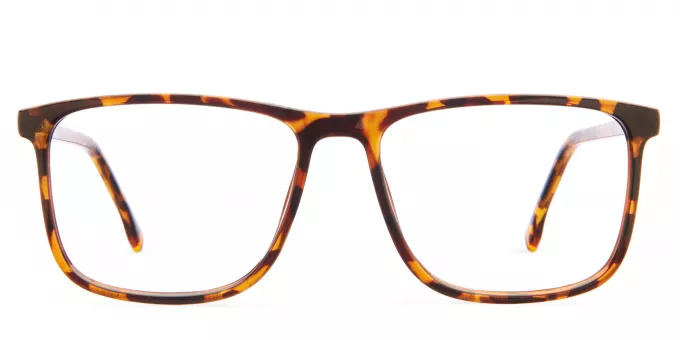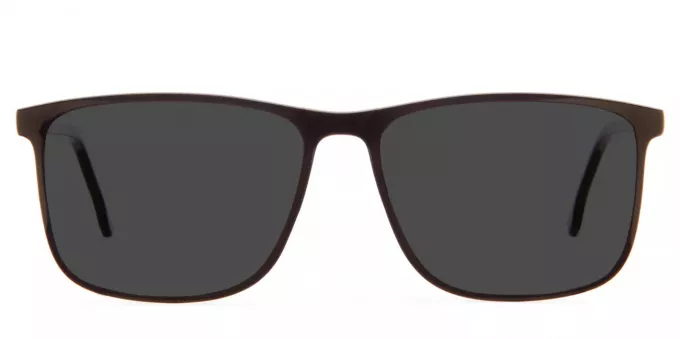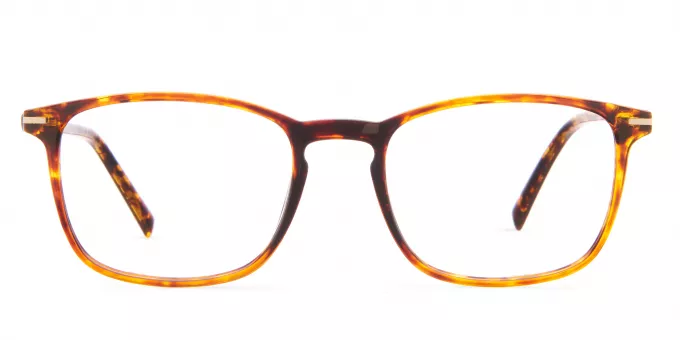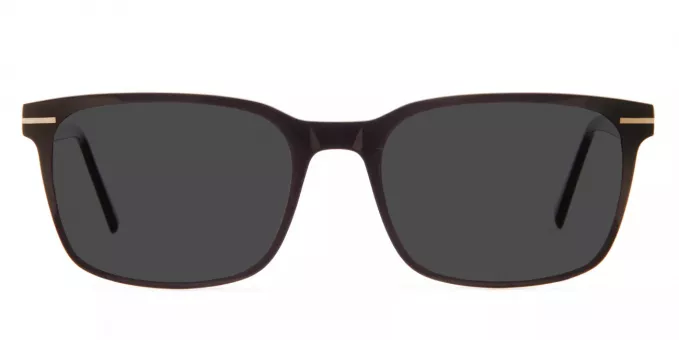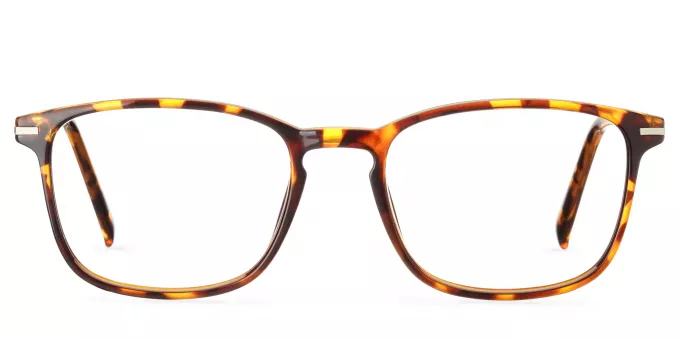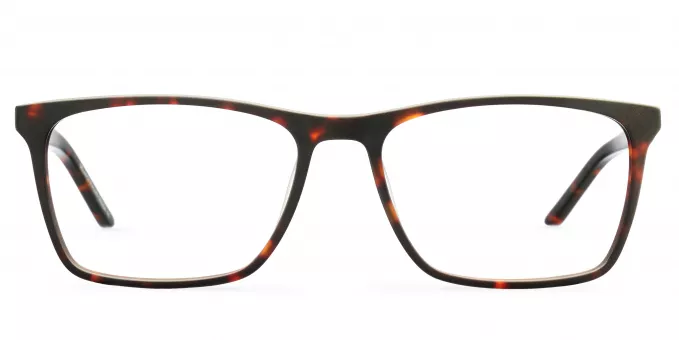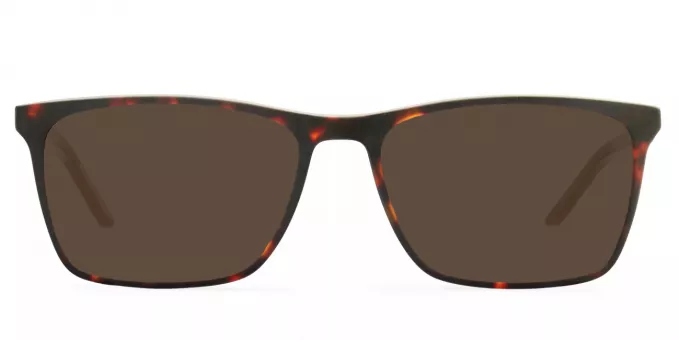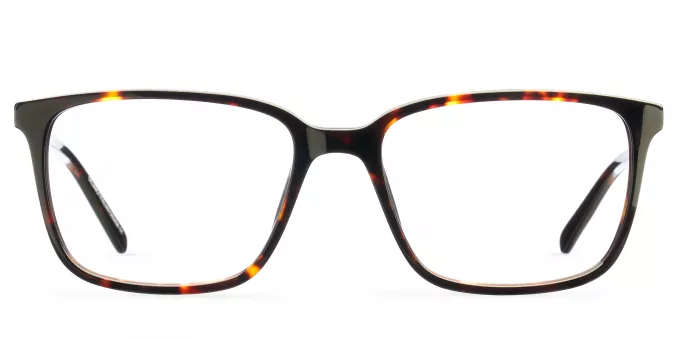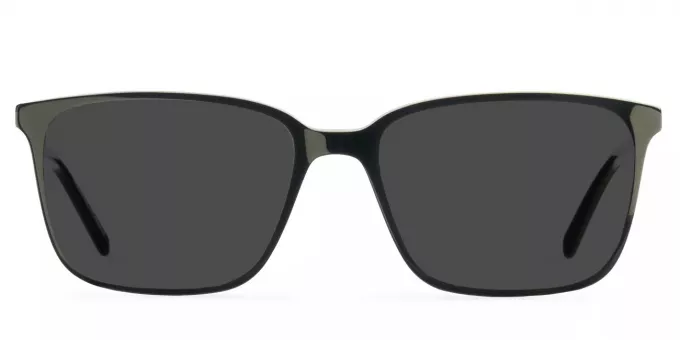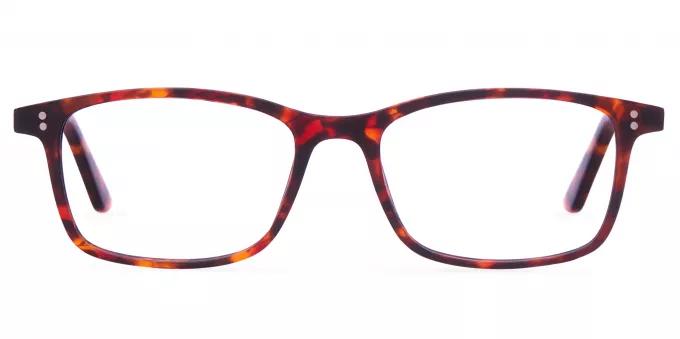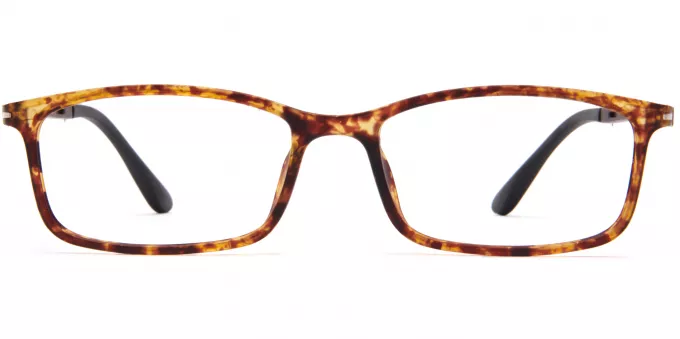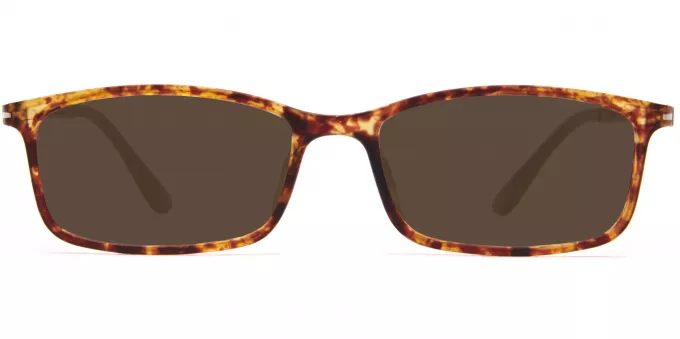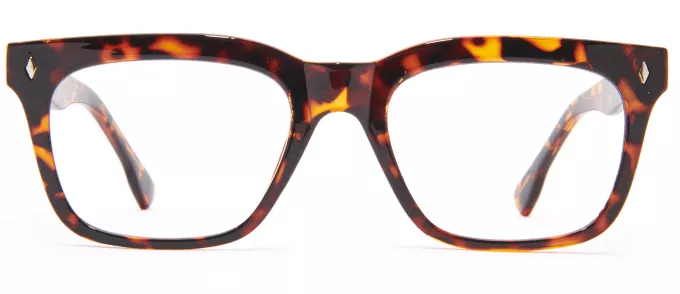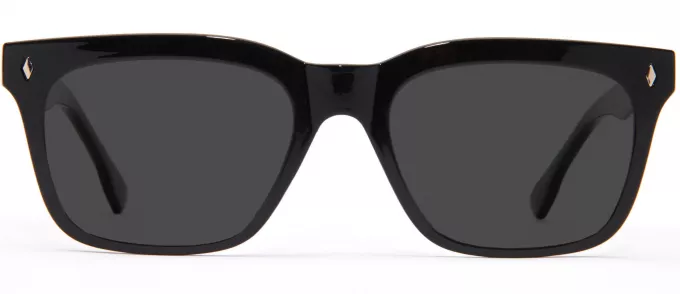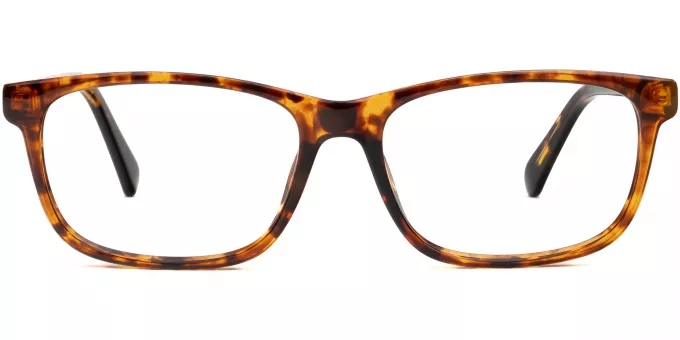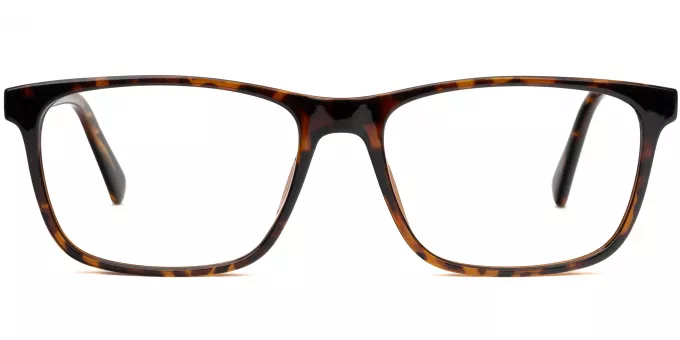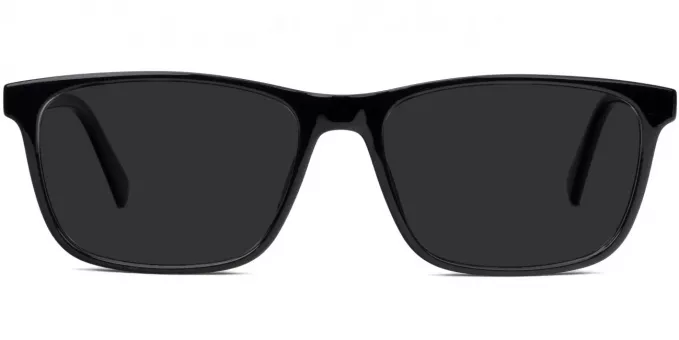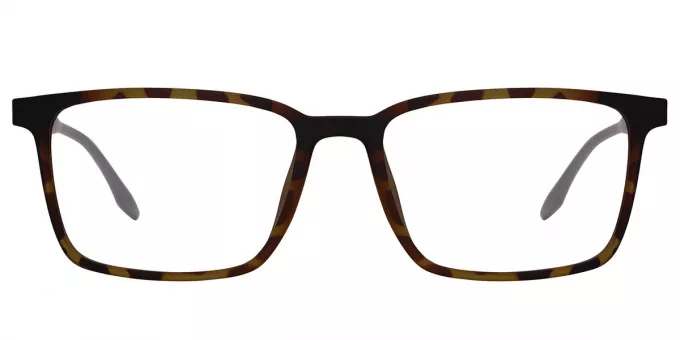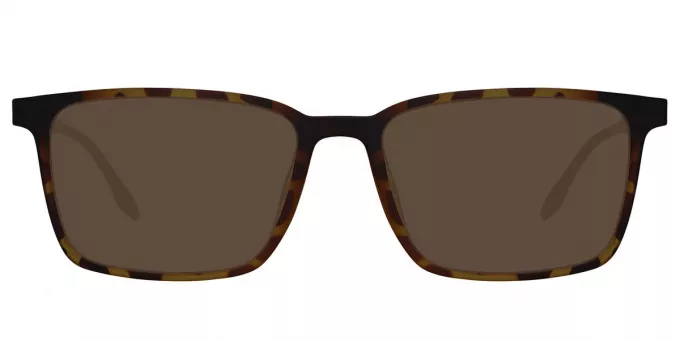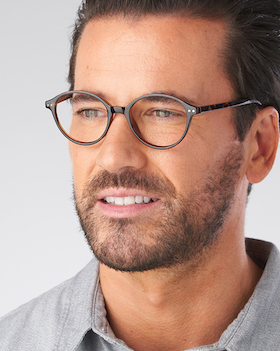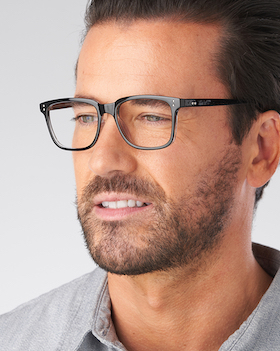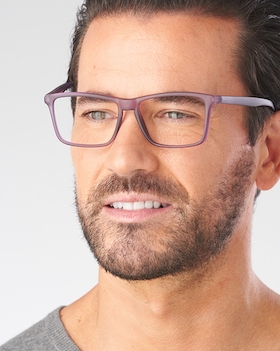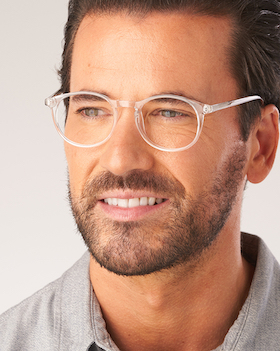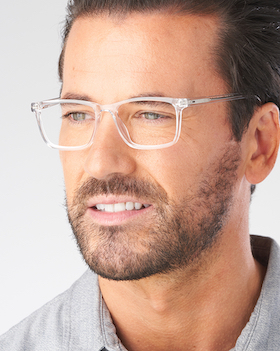 Show as Sunglasses
Show as Sunglasses
Dave £22
What Are Bifocal Lenses?
Bifocal lenses offer distance vision correction at the top of the lens and near vision correction at the bottom. Perfect if you need two vision corrections and don't wish to be continually changing between glasses.
You can customise your frames with D28 Bifocal lenses for only £35.

Shop with confidence
Jason £22
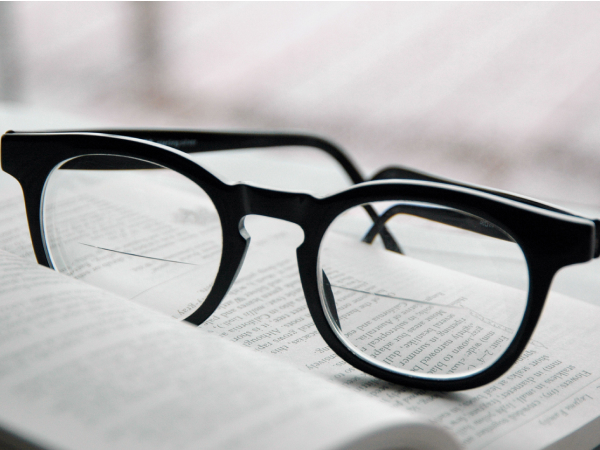
What Different Bifocal Lenses Are There?
Bifocal lenses come in a variety of types, featuring a range of shapes and segment sizes. The round segments, executive bifocals with segments spanning the entire width of the lens or the D segments.
The D28 Bifocal is an extremely popular lens, characterised by its D-shaped segment measuring 28mm in width. This is the type of bifocal that we offer at Direct Sight. The D28 Bifocal provides a broad reading area, while maintaining excellent peripheral vision below the eye-line.
Popular Styles

What Are Bifocal Lenses?
Bifocal lenses provide distance and near vision correction in one pair of glasses.
Dave £22
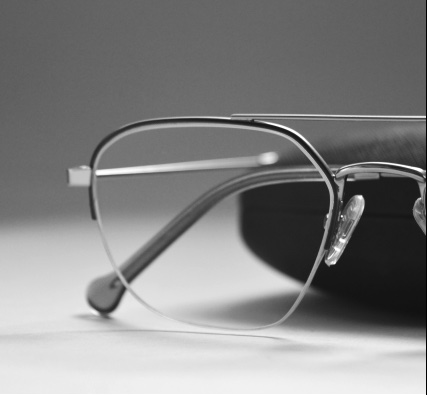
30 Day Free Returns
Not quite right? Don’t worry, just send them back using our prepaid return label.
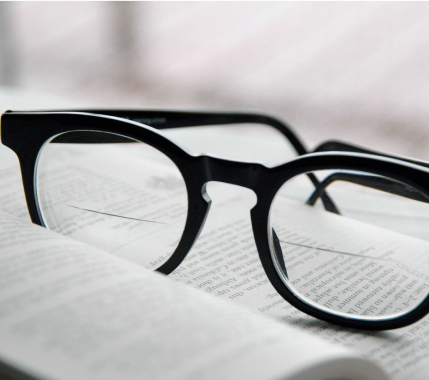
D28 Flat Top Bifocal
At Direct Sight we supply the D28 Bifocal that provides a broad reading area, while maintaining excellent peripheral vision below the eye-line.
Jason £22
Shop with confidence

Bifocal glasses online
Perfect for people who need two different vision corrections. They prevent the need to keep switching between reading glasses and distance glasses.
How do we make our
glasses so affordable?
Related Categories
FAQ's

- Distance Vision (Upper Portion): The upper part of the lens is usually prescribed for distance vision. This is the main portion of the lens that helps individuals see clearly when looking at objects far away.
- Near Vision (Lower Segment): The lower part, or segment, of the lens is dedicated to near vision tasks such as reading.

- Gaze Adjustment: You need to learn how to adjust your gaze for different tasks. For distant vision, you look through the upper part of the lens, and for close-up tasks like reading, you use the lower segment. Initially, you may find yourself tilting your head or moving their eyes to find the right part of the lens.
- Spatial Awareness: Bifocals introduce a new spatial dimension as you navigate between the two segments. It may take time for you to develop a sense of where each segment is located in their field of vision.
- Walking and Stairs: Walking and navigating stairs can be challenging initially, as objects close to the ground may appear blurry through the upper portion of the lens. You need to learn to tilt your head appropriately to use the lower segment when looking down.
- Reading Distance: Finding the right distance for reading may take some trial and error, as the lower segment is optimised for a specific near vision range.
- Consistent Use: Consistent use of bifocals is crucial for adaptation. The more consistently they are worn, the quicker the adjustment process tends to be.

- Reading and Close-Up Work: Bifocals are particularly useful for reading and other close-up activities. The lower segment of the lens is specifically designed for these tasks, making it easier for individuals with presbyopia to focus on near objects.
- Distance Vision: The upper portion of bifocals is intended for distance vision. This makes them suitable for activities like driving, watching TV, or seeing objects at a distance.
- Computer Use: Bifocals can be used for computer work, but users may need to find a comfortable distance for the screen. Some individuals may prefer special occupational office or separate reading glasses for extended computer use.
- Walking and Everyday Activities: Bifocals are generally suitable for walking and most everyday activities. However, wearers may need to adjust to the transition between the upper and lower segments, especially when looking at objects on the ground or navigating stairs.
- Sports and Physical Activities: Bifocals may not be the best choice for sports or physically demanding activities. The transition between the two lens segments and the potential for blurriness in the lower segment during rapid head movements could pose challenges.
- Hobbies and Specialised Tasks: Some hobbies or specialised tasks may require more specific vision correction. In such cases, individuals may opt for dedicated single-vision glasses or consider progressive lenses for a more gradual transition between prescriptions.


Design Complexity: Varifocals have a more intricate design, featuring a smooth transition between different prescriptions for distance, intermediate, and near vision. This complexity in design can contribute to higher manufacturing costs.
Customisation: Varifocals can be customised to the wearer's specific prescription and lifestyle, providing a more tailored solution. This customisation can come with an additional cost compared to the more standardised design of bifocals.
Lens Options: Premium varifocal lenses with additional features, coatings, or specific technologies, further increasing the overall cost.
Lens Materials: The choice of lens materials can also influence the cost. High-index materials, which are thinner and lighter, transitions®, tints and blue light blocking contribute to a higher cost compared to standard materials.

Distance Vision Correction: The upper part of bifocal lenses is designed for distance vision, making them suitable for activities such as driving. When looking straight ahead through the upper portion of the lens, individuals should have clear vision of the road and surrounding environment.
Adjustment Period: If you are new to bifocals, there may be
Head Movements: When using bifocals, it's common to make slight head movements to align your eyes with the appropriate part of the lens. This may involve tilting your head slightly down to use the reading segment or looking straight ahead for distance vision.
Avoid Distractions: As with any eyewear, it's crucial to avoid distractions while driving. Ensure your attention is focused on the road and traffic conditions.
Ensure the Prescription is Up-to-Date: Regular eye examinations are important to ensure that your prescription is up-to-date. If you notice any changes in your vision, consult with your optometrist for an updated prescription.
It's worth noting that some individuals, especially those with specific visual requirements, may prefer dedicated single-vision glasses for driving. Others may find success with progressive lenses, which offer a smooth transition between distance, intermediate, and near vision without a visible line.

Bifocals, with their distinct upper and lower segments, may limit peripheral vision and hinder the ability to quickly scan the surroundings. This limitation could be a concern for activities where awareness of the entire field is crucial, such as sports.
Fast-paced activities, like running or playing sports, can lead to head movements that may result in distortion or blurriness when transitioning between the different segments of bifocal lenses.
The visible line in traditional bifocals can affect depth perception, potentially increasing the risk of trips and falls during physical activities, especially if the lower segment is used to view objects on the ground.
Some individuals may find it challenging to adapt to bifocals during dynamic activities, as the constant need to adjust head position to align with the appropriate lens segment can be distracting.
For sports and physical activities, individuals may consider alternative eyewear options:
- Dedicated single-vision glasses for distance vision can be a straightforward and effective solution for many sports and outdoor activities.
- There are sports glasses designed for specific activities, providing features such as impact resistance, UV protection, and enhanced peripheral vision. These can be customized to address specific visual needs.
- Some individuals opt for progressive lenses, which, like bifocals, provide a range of prescriptions but without a visible line. Progressives offer a more gradual transition between prescriptions, making them more suitable for dynamic activities.

Traditional bifocals have a visible line that separates the distance and reading segments. Some people find this line aesthetically displeasing.
The abrupt transition between the upper and lower segments can take some time to get used to. Users may need to adjust their head position to align with the appropriate segment for different distances.
Bifocals can cause peripheral distortion, particularly when looking through the reading segment for close-up tasks. This may affect the clarity and quality of vision in the periphery.
The visible line in bifocals can impact depth perception, making it challenging to judge distances accurately, especially when looking through the lower segment.
Bifocals may not provide an optimal solution for tasks requiring clear vision at intermediate distances (e.g., computer use). Users may need to tilt their heads to find a suitable position for these activities.
Some individuals experience an adjustment period when transitioning to bifocals. During this time, they may need to practice finding the right part of the lens for various tasks.
Bifocals may not be the best choice for sports, activities requiring rapid head movements, or situations where uninterrupted peripheral vision is crucial.
The visible line and the need to tilt the head to use the reading segment can increase the risk of trips and falls, especially when navigating stairs or uneven terrain.
Bifocal Glasses Online UK.

Bifocals provide a generous and steady field of vision in both long distance and reading. They are typically more budget-friendly compared to varifocals. However, the bifocal lens power undergoes an abrupt shift when transitioning between the two separate optical powers. This sudden change can be unsettling and may cause objects below the eye-line to appear blurry.
Progressive lenses have gained popularity, due to their gradual progression from distance, through intermediate vision down to the reading part of the lens. Multifocal lenses prevent the need for single vision glasses or ready readers.
Bifocals are not manufactured in the complete range of prescription strengths, high index lens materials, transitions or tints.
Bifocals are easy to adapt to for stationary activities such as computer work or reading sheet music. However, you may need to make adjustments, like repositioning monitors, to avoid interference with the reading segment. This could cause the need to tilt your head up or down to look through the right part of the lens.
Bifocal Glasses Online UK.
Bifocals provide a generous and steady field of vision in both long distance and reading. They are typically more budget-friendly compared to varifocals. However, the bifocal lens power undergoes an abrupt shift when transitioning between the two separate optical powers. This sudden change can be unsettling and may cause objects below the eye-line to appear blurry.
Progressive lenses have gained popularity, due to their gradual progression from distance, through intermediate vision down to the reading part of the lens. Multifocal lenses prevent the need for single vision glasses or ready readers.
Bifocals are not manufactured in the complete range of prescription strengths, high index lens materials, transitions or tints.
Bifocals are easy to adapt to for stationary activities such as computer work or reading sheet music. However, you may need to make adjustments, like repositioning monitors, to avoid interference with the reading segment. This could cause the need to tilt your head up or down to look through the right part of the lens.
Have A Question?
Find out how to buy glasses online, understand your prescription and measure your pupillary distance.
Visit Our Optical Store



